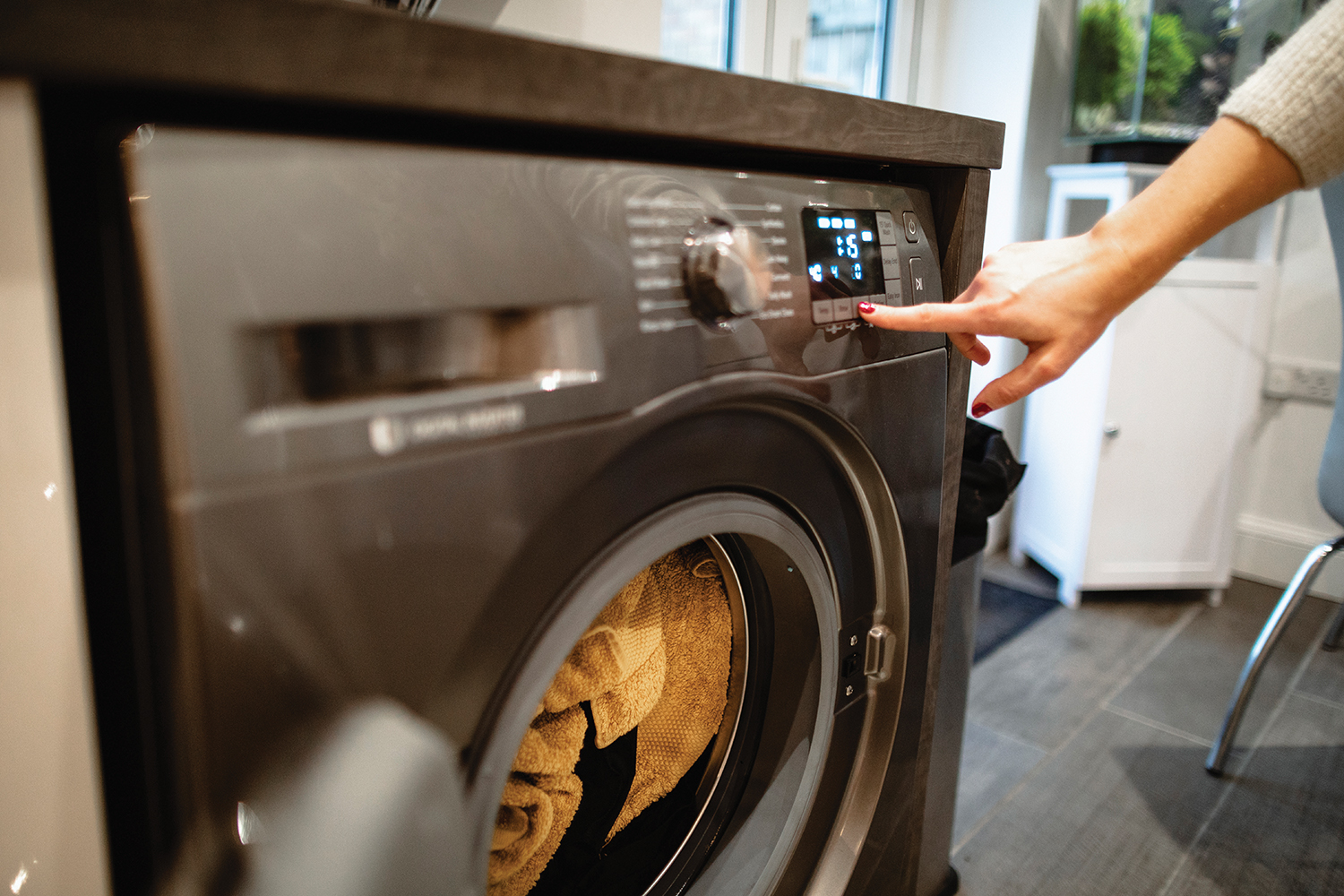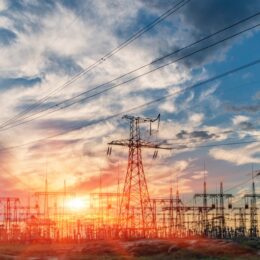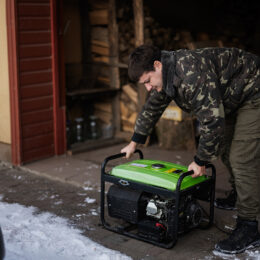
By Carly Nichols
A glance at your monthly electric bill shows you the amount of energy powering your home. Yet all the information on the bill may also leave you in the dark about what exactly it all means. Fortunately, we can shed light on it!
Measuring Your Energy: Your monthly energy bill includes a lot of information. For instance, your bill may include a facilities charge, which incorporates the cost of maintaining the poles and wires to safely and reliably deliver electricity to your home. And, yes, your bill also includes the amount of electricity your house used during the previous month.
Your home’s energy use is typically measured in kilowatt-hours, or kWh, for short. This is the amount of electricity needed to do 1,000 watts of “work,” or 1 kilowatt, for 1 hour. The amount of kilowatt-hours of energy consumed multiplied by your local electric cooperative’s kWh rate leads to the total of your monthly energy cost. Different appliances use varying amounts of energy, and their consumption is based on how frequently they are used:
- 1,000-watt coffeemaker: Used every day for a year would use about 365 kWh annually
- Clothes dryer: Used four hours each week would use about 580 kWh each year
- 26-cubic-foot refrigerator: Uses on average about 725 kWh annually
More electricity is used to heat and cool buildings than nearly any other activity; this is why your energy bills are the highest during the dog days of summer and winter’s coldest months. Your air conditioner and heating system are working the hardest during these times to maintain the thermostat settings to keep you comfortable.
Improve Your Energy Use: Fortunately, there are steps you can take to improve your home’s energy use. LED light bulbs that are ENERGY STAR-certified are much brighter, have longer lifespans, and use significantly less energy than incandescent bulbs. ENERGY STAR-certified appliances also use less energy than other options on the market. You also can consider ENERGY STAR-certified heating and cooling equipment and water heaters.
You can consider a blower door test, which will measure how airtight your home is, and identify potential air leaks. Air leaks lead to treated air escaping your home. This forces your heating and cooling systems to work harder than needed, wasting energy and costing you money.
For more tips and advice, you can visit the ENERGY STAR website at www.energystar.gov. You also can contact your electric cooperative’s energy advisor. Your energy advisor can analyze your home’s energy use and even recommend an energy audit, which will feature a list of recommended action items that you can take to improve your home’s energy efficiency. This will help make your home more comfortable while lowering your home’s long-term energy costs.
CARLY NICHOLS is marketing and communications coordinator Jay County REMC in Portland, Indiana



